The Susohiki: Long-Tailed Kimono Worn by Geiko in Dance
Kyoto Kimono Museums Visual Gallery Enhancement
Kyoto, JapanTraditional CulturePhotography Guide
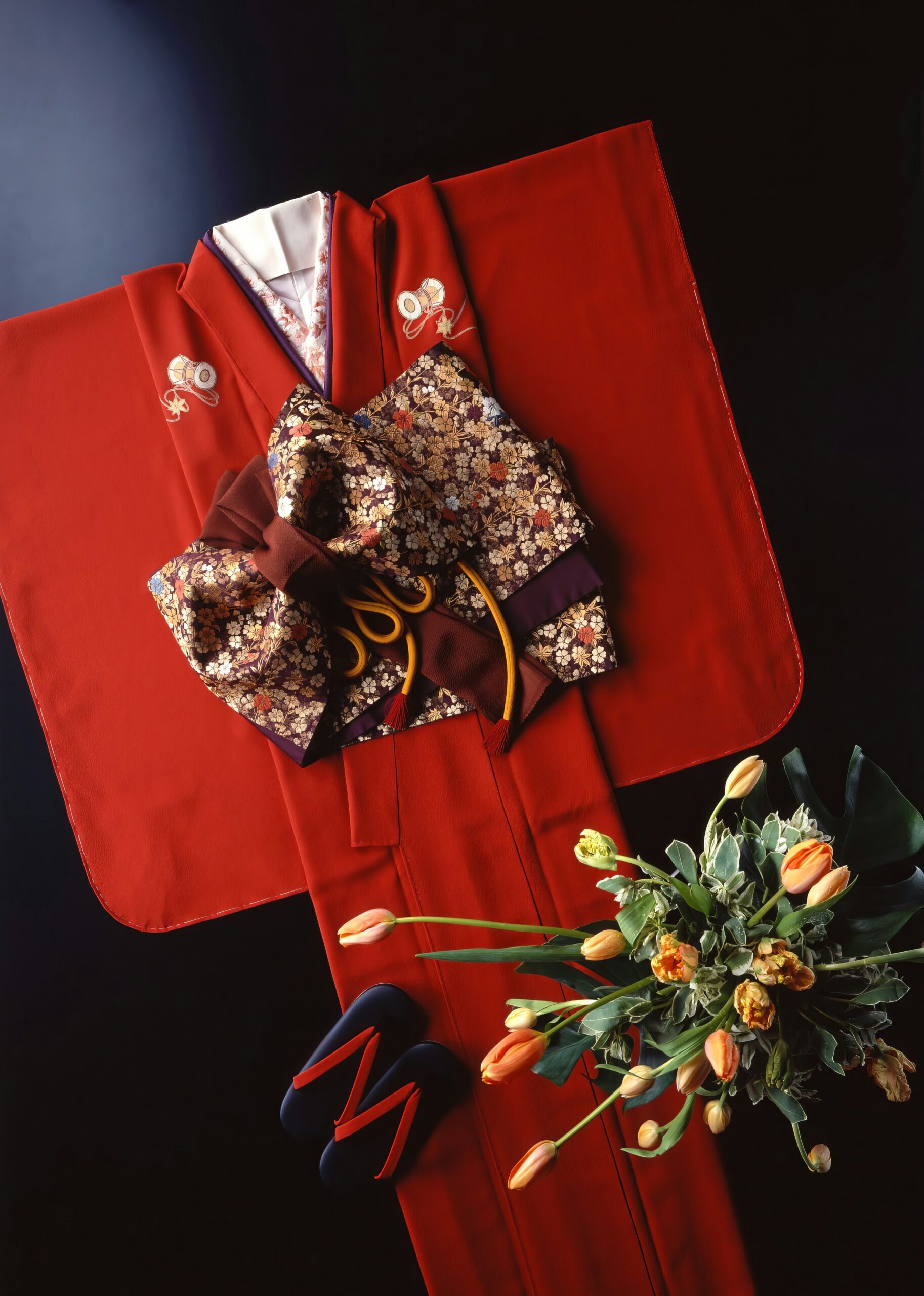
Traditional susohiki kimono displaying the characteristic long trailing hem essential for classical Japanese dance performances
- Introduction
- 1. What is the Susohiki?
- 2. A Kyoto-Specific Tradition
- 3. Differences Between Susohiki and Other Kimono
- 4. Symbolism of Colors and Motifs
- 5. The Susohiki in Geiko Dance
- 6. Experiencing Susohiki in Kyoto Today
- 7. Photography Tips for Capturing Susohiki
- 8. Why Kyoto, Not Tokyo?
- 9. A Modern Appreciation of Susohiki
- Conclusion: The Elegance of Kyoto’s Susohiki
Introduction
Kyoto, Japan’s timeless cultural capital, is world-renowned for its traditions of elegance and refinement. Among its many treasures, one garment stands out for its grace and symbolism: the susohiki (literally “to drag the hem”). This long-tailed kimono, most often worn by geiko (Kyoto’s term for geisha) and maiko (apprentice geiko), is not simply a piece of clothing but a living art form.
Whether you encounter it on the stage of a classical dance performance, in the lantern-lit alleys of Gion, or through a professional kimono photography session in Kyoto Book a photoshoot here, the susohiki embodies the spirit of Japanese elegance.
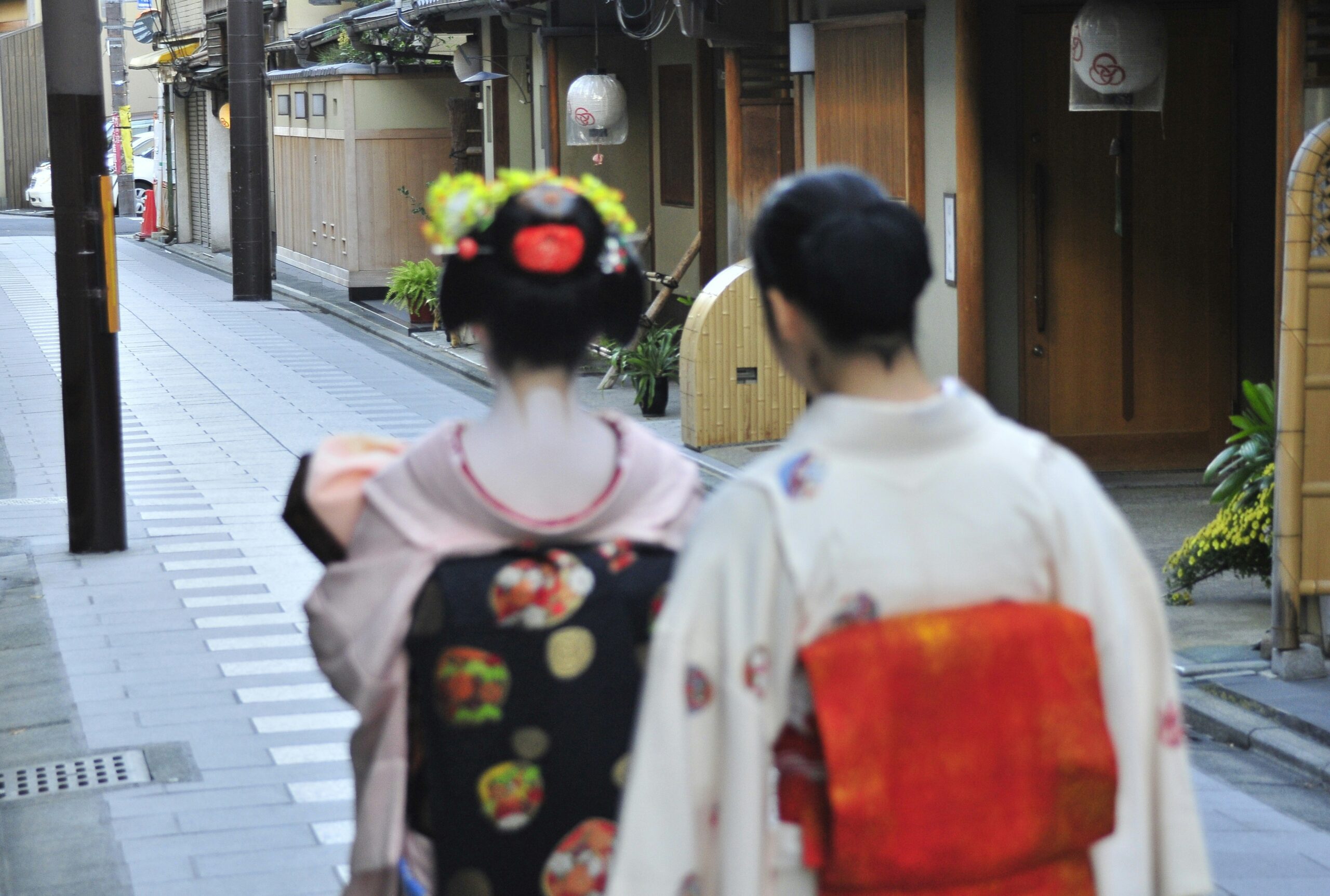
Kyoto geiko and maiko showcasing the traditional beauty and cultural heritage of susohiki kimono
In this article, we’ll explore:
- The history of the susohiki
- How it differs from other kimono
- Symbolism in colors, fabrics, and patterns
- The role of the susohiki in geiko and maiko dance
- Why Kyoto is the best place to experience it
- Photography tips to capture the beauty of susohiki
1. What is the Susohiki?
The word susohiki (裾引き) means “trailing hem.” Unlike the typical kimono worn in daily life, which reaches the ankles, the susohiki extends much further—sometimes up to 20–30 centimeters longer. This length is essential for dance performances, where the fabric trails behind gracefully, enhancing every movement.
A standard kimono is about 150 cm long, but a susohiki can exceed 200 cm, requiring special techniques to walk and dance without stepping on the fabric. This garment is almost exclusively associated with the geiko and maiko of Kyoto, who are trained in classical Japanese dance (nihon buyō).
2. A Kyoto-Specific Tradition
While kimonos are worn throughout Japan, the susohiki is deeply tied to Kyoto. In Gion and other hanamachi (geiko districts), it is the formal wear of geiko during performances and special occasions.
Kyoto’s unique terminology also highlights its cultural depth:
- Geiko (芸妓) instead of geisha
- Maiko (舞妓) for apprentices
- Okasan (お母さん) for the proprietress of an okiya (geiko house)
Thus, the susohiki is not only a kimono style but also a symbol of Kyoto’s identity.
3. Differences Between Susohiki and Other Kimono
To the untrained eye, a susohiki might look like a regular kimono. However, there are distinct features:
- Length: Much longer hem to trail during dance
- Padding: Extra padding at the bottom to give weight and flow
- Fabric: Rich silks with hand-painted or embroidered motifs
- Obi (belt): Tied lower on the waist than usual, to allow freer movement in dance
Compared with the furisode (long-sleeved kimono for young women) or tomesode (formal kimono for married women), the susohiki is entirely specialized for performance.
4. Symbolism of Colors and Motifs
Every susohiki tells a story. Kyoto artisans often decorate them with motifs that reflect the seasons or deeper meanings:
- Cherry blossoms (sakura): Renewal and beauty
- Cranes (tsuru): Longevity and luck
- Flowing water patterns: Grace and continuity
- Pine trees and bamboo: Strength and resilience
Colors also carry weight:
- Bright red or pink: Youth (worn by maiko)
- Deep indigo or black: Elegance and maturity (worn by geiko)
- Gold embroidery: Luxury and auspiciousness
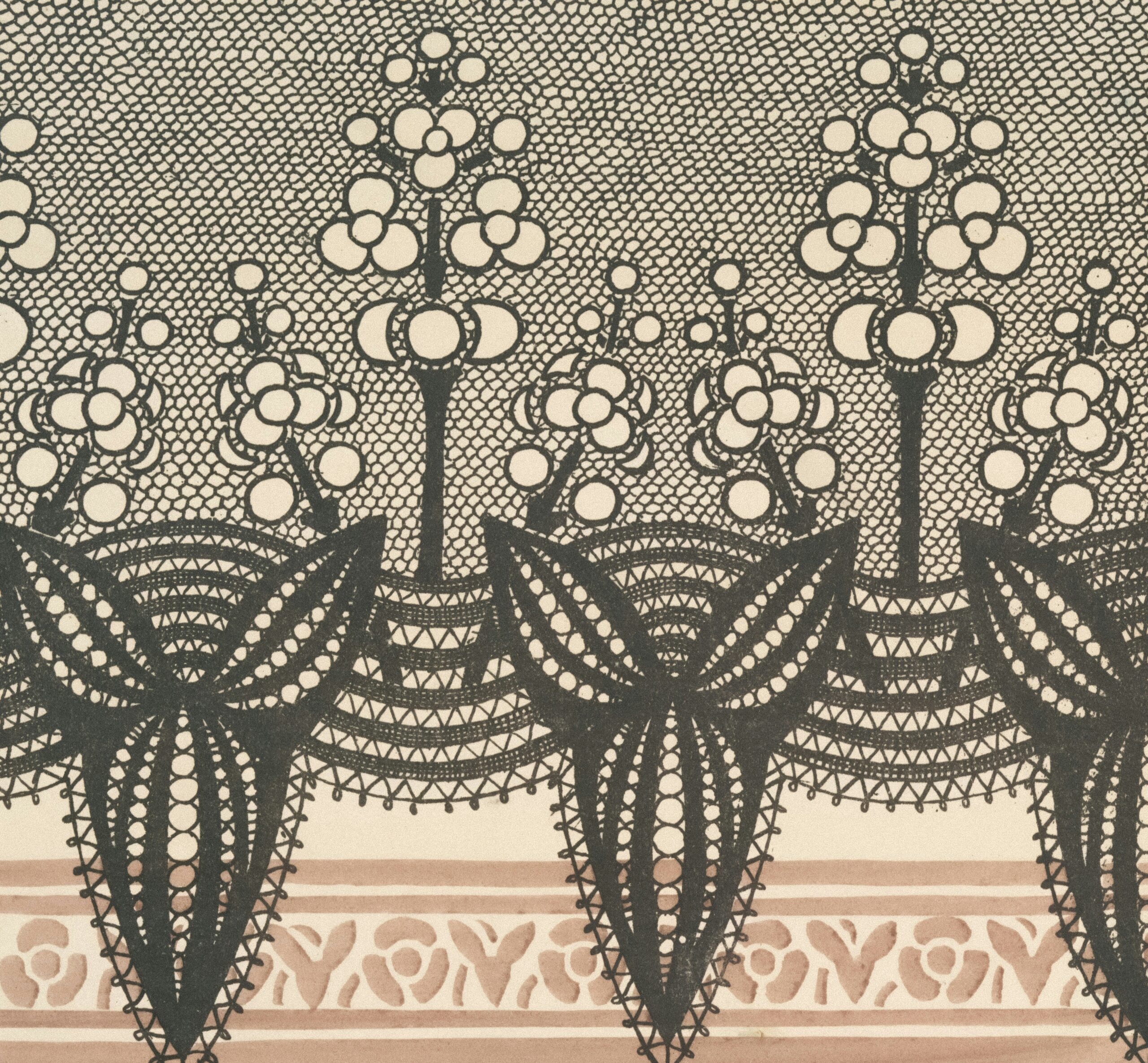
Traditional kimono patterns featuring cherry blossoms, cranes, and pine trees – symbolic motifs commonly found on susohiki
5. The Susohiki in Geiko Dance
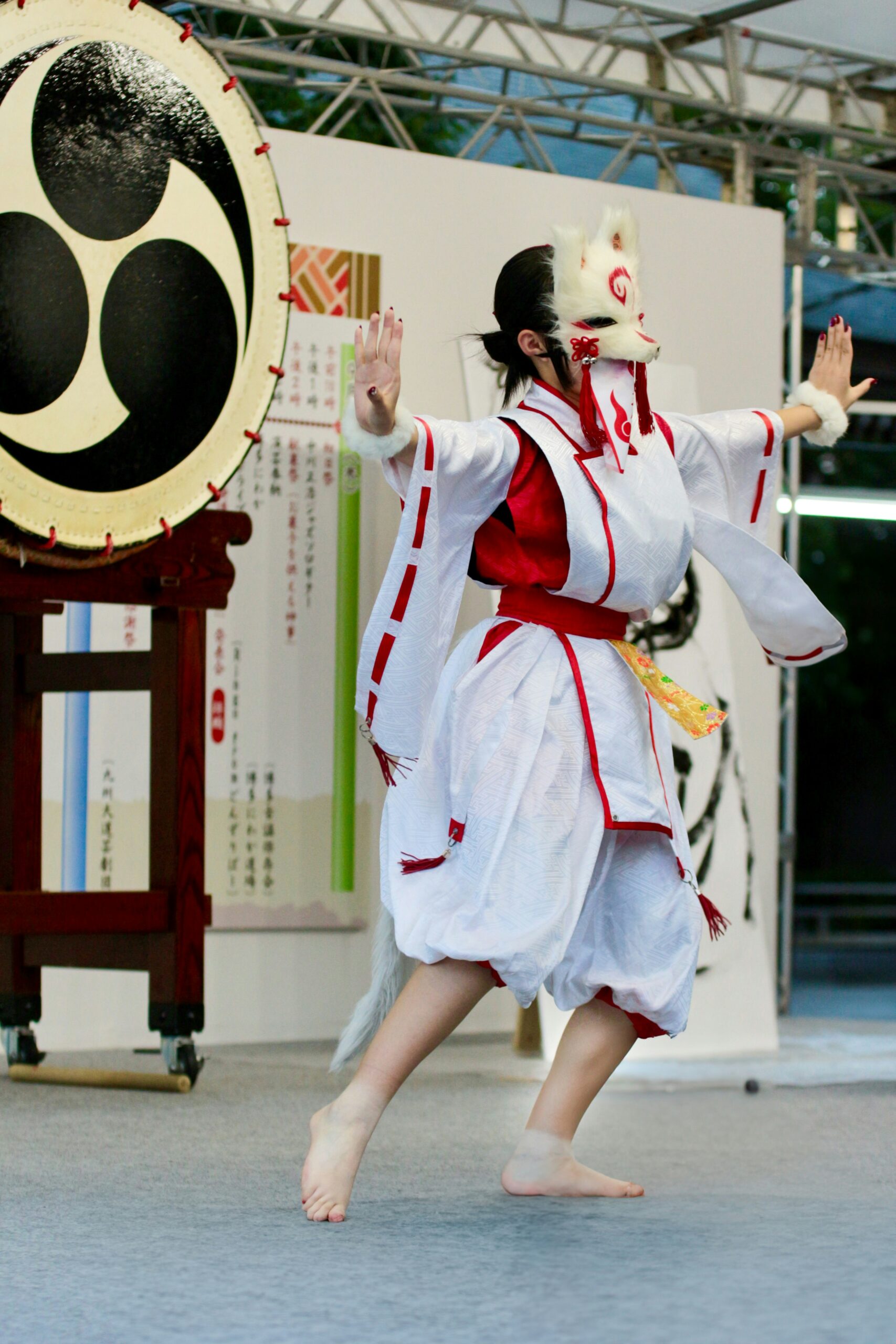
Miyako Odori performance showcasing the graceful movement of susohiki kimono in traditional Kyoto dance
Traditional Japanese dance relies on subtle gestures, often telling stories from classical literature or Kabuki theater. The trailing hem of the susohiki becomes part of the choreography.
For example:
- When turning, the hem creates a flowing circle, symbolizing waves.
- When kneeling, the kimono spreads like a painting.
- When walking slowly, the dragging hem emphasizes grace and discipline.
In Kyoto’s Miyako Odori, one of the most famous annual dance performances, susohiki take center stage, dazzling audiences with their elegance.
6. Experiencing Susohiki in Kyoto Today
Visitors to Kyoto can still witness this tradition in several ways:
- Attend a dance performance in Gion during spring festivals
- Visit teahouses (ochaya) where geiko perform privately
- Book a kimono photography session Click here to experience wearing a susohiki-inspired kimono and capture professional memories in Kyoto’s historic streets
Unlike museums, where artifacts are behind glass, Kyoto offers a living stage for tradition.
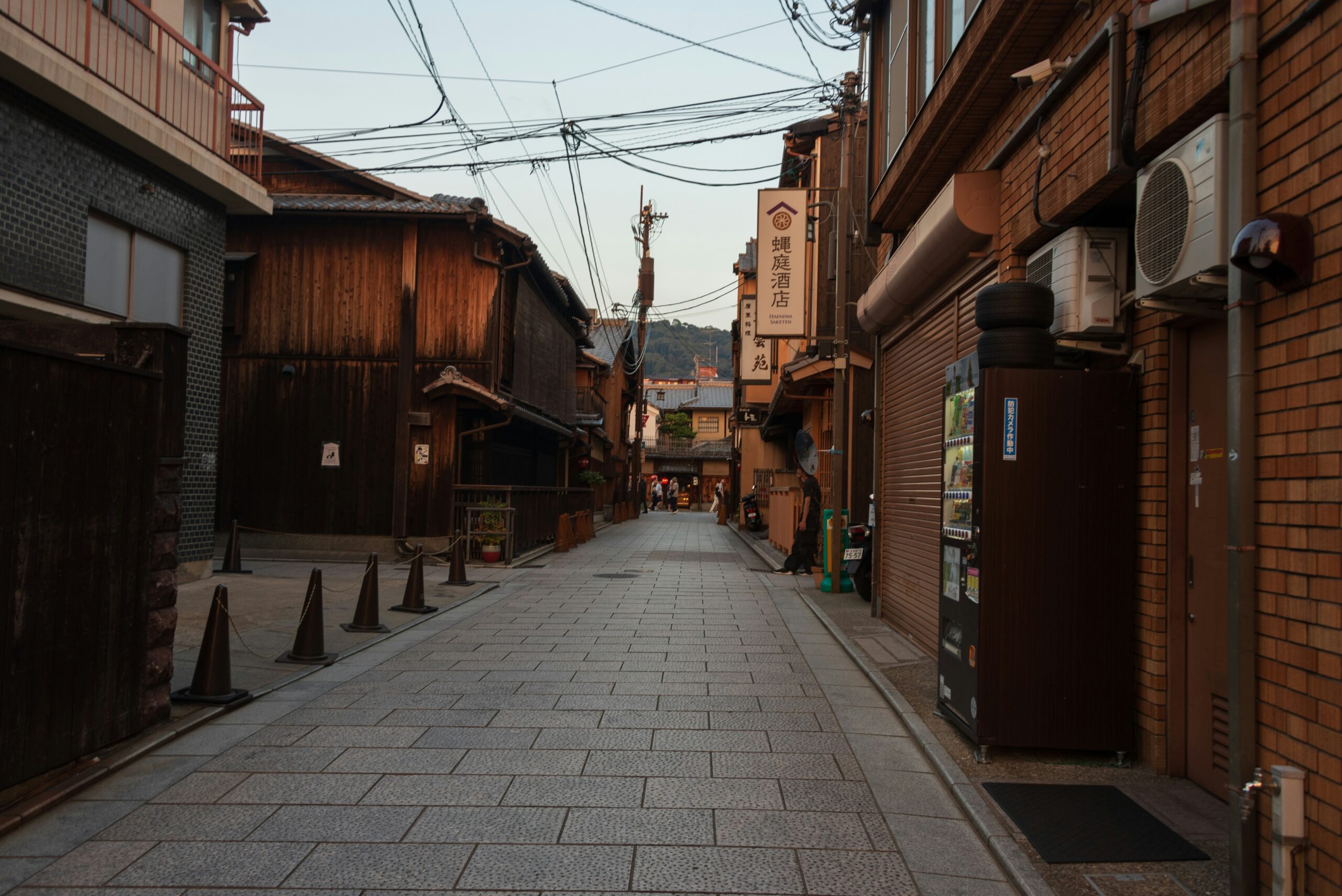
The historic Gion district of Kyoto, where visitors can experience living susohiki traditions
7. Photography Tips for Capturing Susohiki
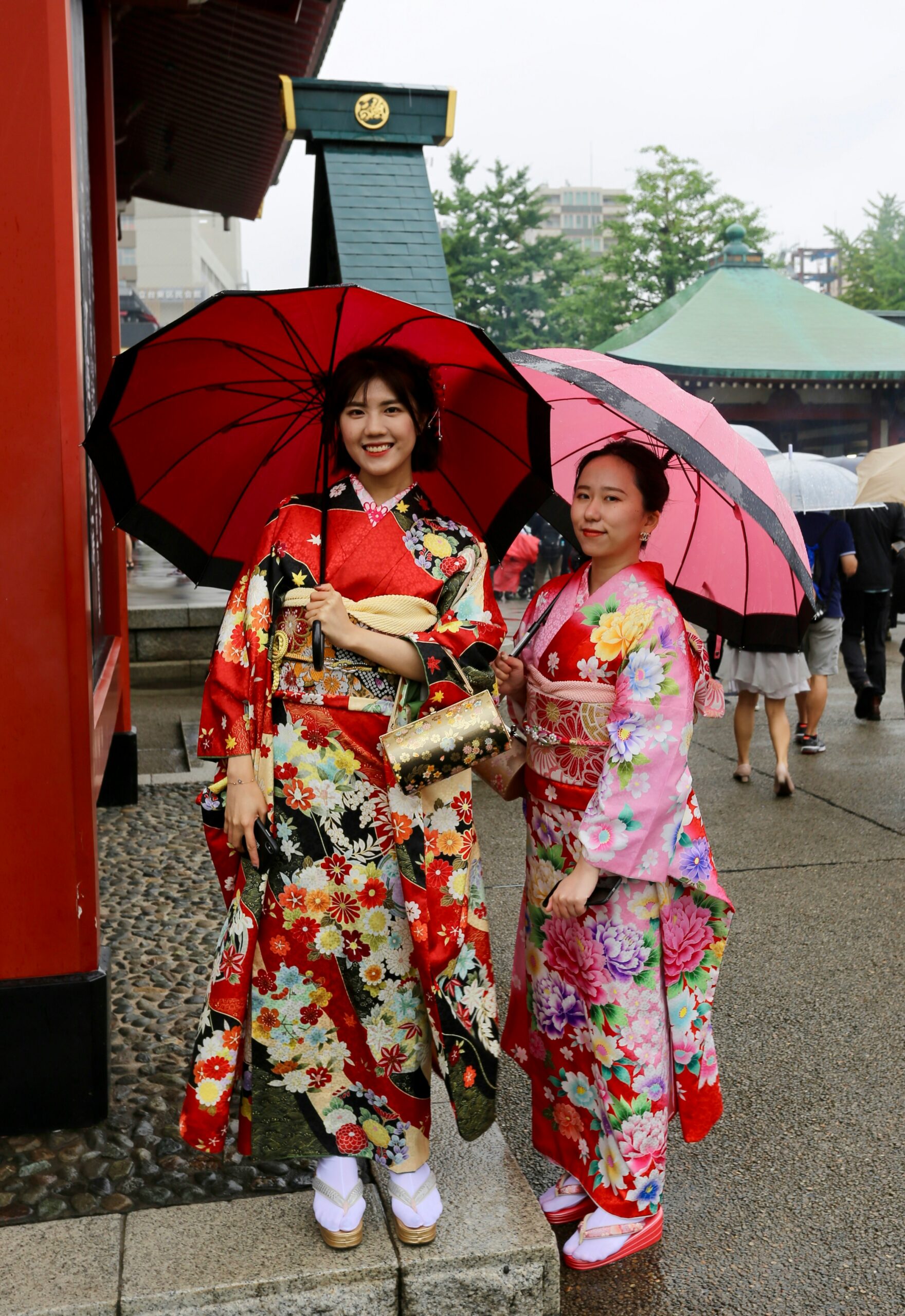
Professional kimono photography in Kyoto’s historic settings – capturing the essence of traditional Japanese culture
If you want to take stunning photos of susohiki in Kyoto:
- Golden Hour Lighting – Photograph in early morning or late afternoon for soft light.
- Historic Backdrops – Use Gion’s wooden machiya houses, Yasaka Shrine, or Kiyomizudera as backgrounds.
- Focus on Movement – Capture the trailing hem as the subject walks or turns.
- Details Matter – Zoom in on embroidery, obi, and seasonal patterns.
- Hire a Professional Photographer in Kyoto – For high-quality results and insider knowledge of the best spots, consider booking a kimono photoshoot in Kyoto.
8. Why Kyoto, Not Tokyo?
While Tokyo is Japan’s modern metropolis, Kyoto remains its cultural soul. The susohiki tradition does not belong to Tokyo—it is unique to Kyoto’s hanamachi.
- Tokyo’s geisha are called geisha, while Kyoto proudly preserves geiko and maiko.
- Many kimono rental shops in Tokyo focus on casual kimono, but in Kyoto you can still experience authentic susohiki-inspired attire.
- Kyoto’s temples, shrines, and alleyways provide the perfect backdrop for cultural immersion and photography.
If you want the true experience of Japan’s traditional arts, Kyoto is the place.
9. A Modern Appreciation of Susohiki
In recent years, susohiki have also been studied in fashion design and art. International designers borrow inspiration from its flowing silhouette, while photographers from around the world travel to Kyoto to document geiko culture.
Social media platforms are filled with images of maiko in susohiki walking down Hanamikoji Street. Yet, beyond the aesthetics, the susohiki carries centuries of history, discipline, and artistry.
Conclusion: The Elegance of Kyoto’s Susohiki
The susohiki is more than clothing—it is movement, storytelling, and tradition woven into silk. It embodies Kyoto’s role as the guardian of Japan’s cultural heritage.
If you are visiting Kyoto, don’t miss the chance to:
- Watch a geiko dance performance
- Explore Gion and its hanamachi
- Book a professional kimono photography session here to capture the elegance of susohiki for yourself
Kyoto is not just a city—it is an experience. And the susohiki is one of its most enchanting treasures.
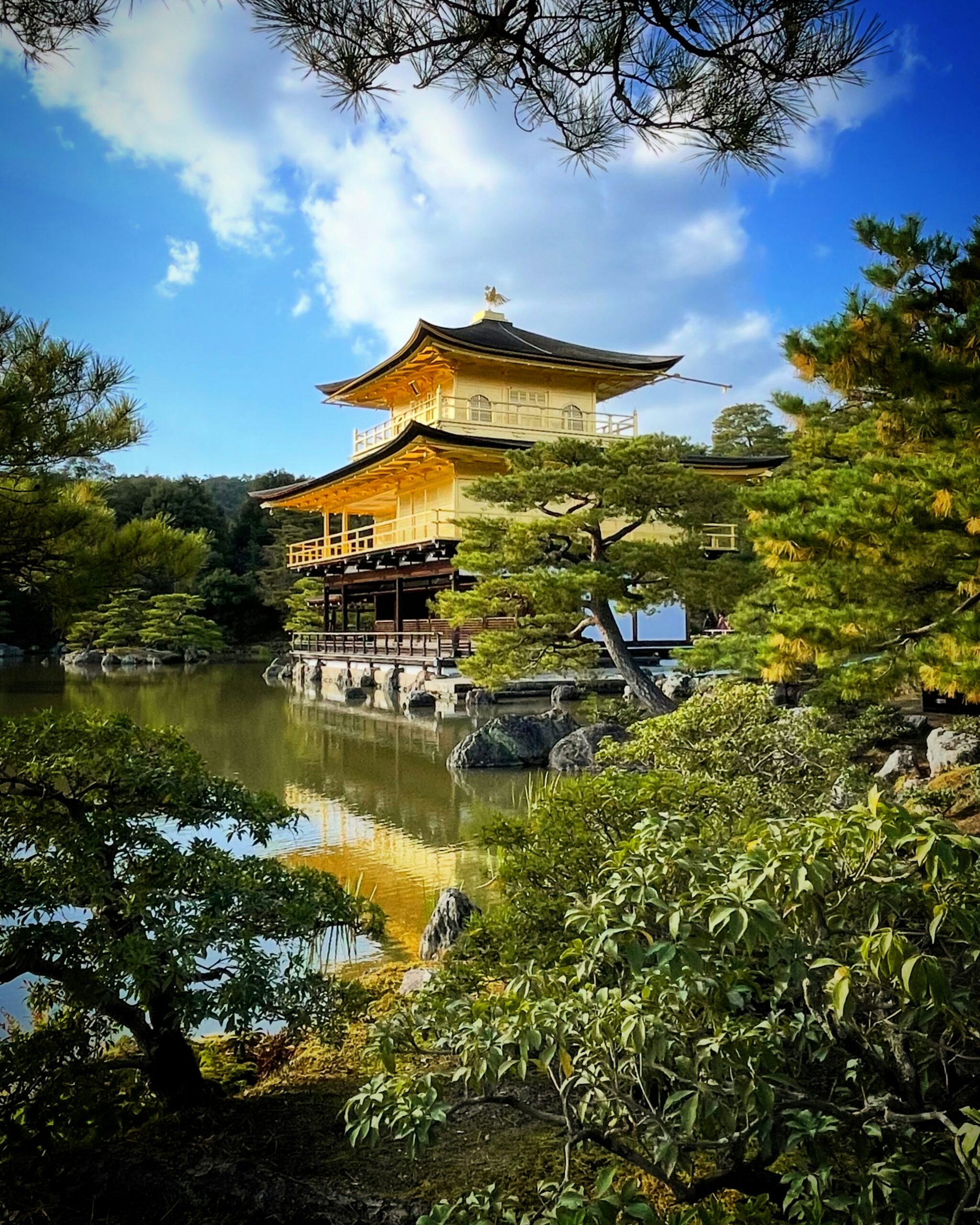
Kyoto’s UNESCO World Heritage sites provide the historic backdrop for preserving susohiki kimono traditions


コメント